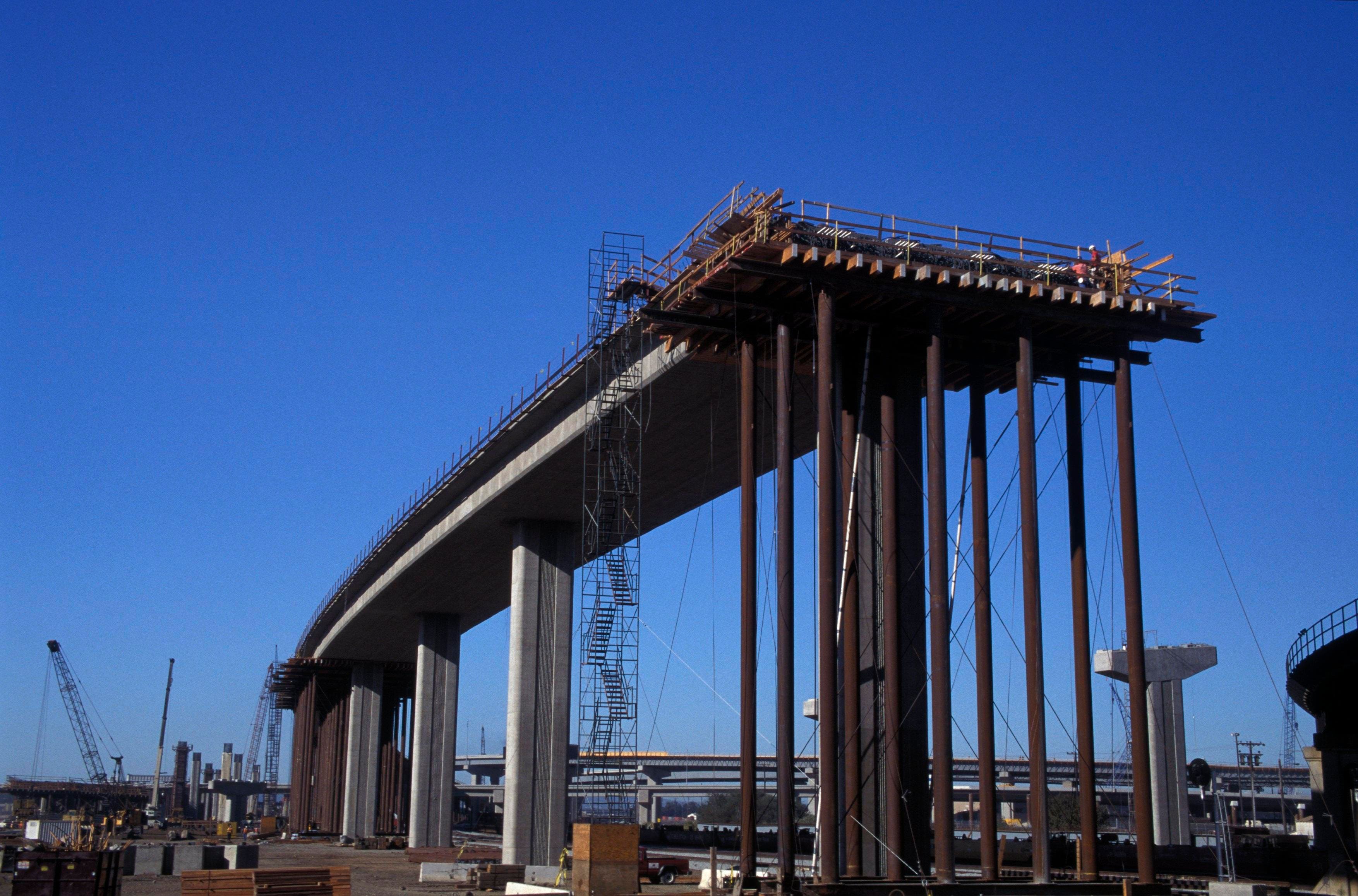Optimizing CDN Strategies for Reduced Infrastructure Costs

1. Implement Tiered Caching

- Use multiple caching layers (e.g., edge, midtier, origin) to reduce load on expensive origin servers.
- Store frequently accessed content at edge nodes closer to users, minimizing origin server requests.
2. Leverage Cache Control Headers

- Use “Cache-Control” headers to specify cache settings for resources.
- Set “max-age” directives to indicate how long content can be cached, reducing origin server hits.
3. Utilize HTTP/2 Multiplexing
- Enable HTTP/2 multiplexing to send multiple requests over a single connection.
- Reduces latency and increases data transfer efficiency, minimizing infrastructure resource consumption.
4. Employ Image Optimization Techniques
- Optimize images for web delivery using techniques like compression, resizing, and lazy loading.
- Reduces file size and bandwidth consumption, lowering infrastructure costs.
5. Geo-Targeting and Edge Caching
- Use geo-targeting capabilities to deliver content from edge nodes closest to users.
- Reduces latency and optimizes routing, reducing the need for additional infrastructure in remote locations.
6. Implement Content Delivery Networks (CDNs)
- Partner with CDNs to leverage their distributed infrastructure.
- CDNs provide global coverage, ensuring fast and reliable content delivery without requiring extensive in-house infrastructure.
7. Monitor and Analyze CDN Performance
- Regularly monitor CDN performance metrics (e.g., cache hit rate, latency) to identify areas for optimization.
- Analyze usage patterns and adjust CDN configurations accordingly to minimize unnecessary infrastructure usage.
8. Leverage Cloud-Based Infrastructure
- Utilize cloud-based CDN services to reduce hardware procurement and maintenance costs.
- Cloud providers offer scalable and cost-effective CDN solutions with flexible pricing models.
9. Adopt aCDN (Anycast CDN)
- Consider using an aCDN (anycast CDN) to cache content across multiple data centers.
- aCDN distributes content from multiple locations, reducing latency and eliminating single-point-of-failure scenarios.
10. Leverage Serverless Computing
- Explore serverless computing platforms to host CDN services without managing physical infrastructure.
- Serverless platforms automatically scale resources based on demand, reducing infrastructure costs during low-traffic periods.Reducing Infrastructure Costs With Efficient CDN Strategies
Executive Summary
Leveraging efficient CDN strategies can significantly reduce infrastructure costs for businesses by optimizing content delivery and reducing bandwidth consumption. This article provides a comprehensive guide to implementing effective CDN strategies that can improve performance, enhance user experience, and lower operating expenses.
Introduction
In today’s digital landscape, Content Delivery Networks (CDNs) play a crucial role in ensuring fast, reliable, and cost-effective content delivery to end-users. By distributing content from strategically located edge servers, CDNs reduce latency, improve user experience, and enhance website performance. However, businesses can further optimize their CDN usage to minimize infrastructure costs and maximize return on investment.
FAQs
What is a CDN?
A Content Delivery Network (CDN) is a geographically distributed network of servers that cache and deliver content to end-users based on their location. This helps reduce latency, improve response times, and enhance user experience.
Why should businesses use a CDN?
CDNs offer several benefits, including:
- Reduced latency
- Improved website performance
- Enhanced user experience
- Increased bandwidth efficiency
- Reduced infrastructure costs
What are the different types of CDNs?
There are two main types of CDNs:
- Pull CDNs: Clients request content from the CDN, which caches and retrieves it from the origin.
- Push CDNs: Content is proactively pushed to CDN edge servers based on predicted demand, ensuring faster delivery.
Top 5 Subtopics
Selecting the Right CDN Provider
- Network footprint: Consider the CDN’s server distribution and coverage in key geographic regions.
- Performance and reliability: Evaluate the CDN’s track record for uptime, latency, and content delivery speed.
- Content type optimization: Ensure the CDN supports different content types, such as videos, images, and static files, with optimization features tailored to each type.
- Security and compliance: Verify the CDN’s security measures and compliance with industry regulations to protect data and meet compliance requirements.
- Cost structure: Understand the CDN’s pricing model, including bandwidth costs, setup fees, and additional subscription charges.
Optimizing Cache Policies
- Caching algorithms: Implement effective caching algorithms, such as Least Recently Used (LRU) or Most Frequently Used (MFU), to optimize content caching and reduce server load.
- Cache expiration headers: Set appropriate cache expiration headers to control how long content is stored on edge servers and avoid unnecessary content refreshes.
- Compression and optimization: Leverage compression techniques and image optimization to reduce file sizes and minimize bandwidth consumption.
- Version control: Use version control mechanisms to ensure that updated content is delivered to users while preventing unnecessary caching of outdated versions.
- Caching rules and exceptions: Configure specific caching rules and exceptions to handle dynamic content, such as shopping cart data or user-generated content, which should not be cached.
Utilizing Edge Computing
- Edge servers as compute nodes: Use edge servers as compute nodes to host applications and run smaller workloads closer to end-users, reducing latency and improving performance.
- Data processing and filtering: Utilize edge servers to pre-process and filter data before sending it to origin servers, reducing bandwidth consumption and improving data efficiency.
- Geo-targeting and personalization: Leverage edge computing to deliver personalized content and experiences based on user location, language, or device type.
- Caching and content acceleration: Extend caching capabilities to the edge, enhancing content delivery speed and reducing the load on origin servers.
- Dynamic content generation: Generate dynamic content at the edge, such as personalized recommendations or search results, without the need to fetch it from the origin.
Monitoring and Analytics
- Performance metrics and KPIs: Establish key performance indicators (KPIs) to monitor CDN performance, such as latency, response times, and cache hit rates.
- Real-time analytics and dashboards: Use real-time analytics and dashboards to track CDN usage patterns, identify performance bottlenecks, and optimize delivery strategies.
- Error and exception handling: Configure error and exception handling mechanisms to monitor and address any issues with CDN performance or content delivery.
- Reporting and analysis: Generate regular reports on CDN performance and usage to identify areas for improvement and optimize strategies over time.
- Security monitoring: Monitor CDN usage for suspicious activity or security breaches, implementing proactive measures to prevent data leakage or malicious content distribution.
Content Management and Delivery
- Content distribution strategies: Implement content distribution strategies, such as multi-CDN solutions or geo-based routing, to optimize content delivery based on location and performance.
- Content pre-fetching and caching: Prefetch and cache content on edge servers before it is requested by users, minimizing latency and improving user experience.
- Adaptive bitrate streaming: Use adaptive bitrate streaming to deliver video content at varying quality levels based on network conditions, ensuring smooth playback and reducing buffering.
- Image optimization and resizing: Optimize images for web delivery, including resizing, compression, and lazy loading, to minimize file sizes and reduce bandwidth usage.
- Mobile and device optimization: Optimize content delivery for different devices and operating systems, considering screen size, network connectivity, and device capabilities.
Conclusion
By implementing efficient CDN strategies, businesses can significantly reduce infrastructure costs while improving website performance and user experience. By carefully selecting the right CDN provider, optimizing cache policies, utilizing edge computing, and leveraging monitoring and analytics, businesses can ensure that their content is delivered with maximum speed and efficiency, minimizing bandwidth consumption and optimizing their online presence.
Keyword Tags
- Content Delivery Network (CDN)
- Infrastructure Cost Reduction
- Website Performance Optimization
- Edge Computing
- CDN Strategies
